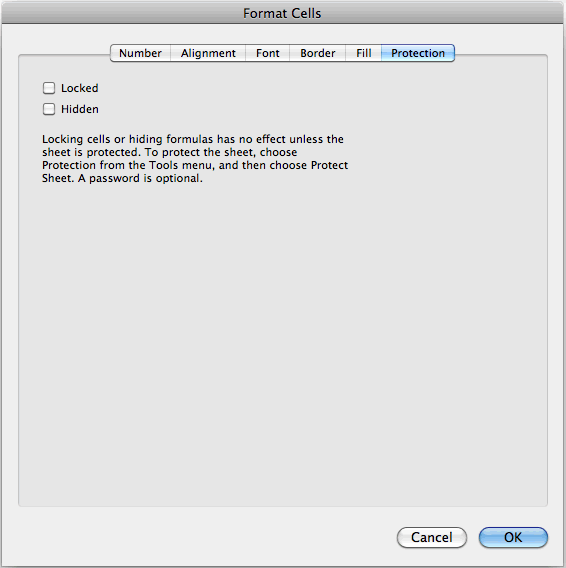

On the question of the nature of unwanted sensory perceptions during anesthesia, the most frequently reported are perceptions of sound (voices, sounds, noise) ( Table 1) ( 3, 6, 7).

Interview carried out immediately following anesthesia (recovery room) and, ideally, again within the next few days. What was the worst thing about your operation? What is the first thing you remember happening on waking?Ĭan you remember anything that happened between these two points?ĭid you dream or have any other experiences whilst you were asleep? What is the last thing you remember happening before you went to sleep? Standardized interview to identify awareness occurrences* It is based on a selective search of the international literature indexed on Medline on the subject of awareness and disorders caused by awareness, focusing on the past 15 years. The aim of this review is to evaluate awareness during general anesthesia in terms of its incidence, risk, and possible prevention and management strategies. Neuropsychological tests are needed to discover traces of perceived sensory stimuli that remain concealed in the subconscious ( 4).Īwareness and recall can be experienced as traumatizing horror scenarios, resulting in stories that can be picked up by magazines with a popular science orientation (e.g., “Patients Fully Conscious During Surgery” [“Patienten erleben Operation bei vollem Bewusstsein” 28 July 2008, The suffering and sense of helplessness of those affected is clear from the organized self-help groups, networks, and internet platforms that have sprung up, offering problem orientation, prevention, and management of awareness and its possible sequelae. In contrast to this are more complex implicit awareness phenomena that lie hidden. The former is known as “recall” and represents an explicit memory achievement that can be asked about directly. Awareness can occur with or without memory of events during the operation. In most cases awareness occurrences are due to overly light anesthesia ( e2). The aim of general anesthesia for surgical operations is to eliminate consciousness and pain and to prevent motor (muscle tension, defense movements), autonomic, and cardiovascular reflex responses (rise in blood pressure and heart rate). It may be assumed that not all anesthetized patients are specifically examined for awareness phenomena, and that therefore more cases occur than are recorded. The frequency today has gone down sharply-almost to a tenth of what it was in the 1970s-but for patients without particular risks the rate is nevertheless still estimated at around 1 to 2 cases per 1000 anesthetizations ( 1– 3). These concerns are not entirely unfounded, for despite the most modern of anesthetic technology, awareness under anesthesia is a repeated occurrence.

The thought of being awake during their operation despite anesthesia is a worry often expressed by patients about to undergo surgery.


 0 kommentar(er)
0 kommentar(er)
